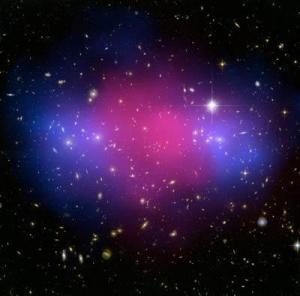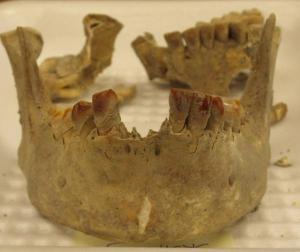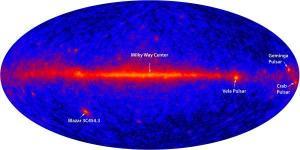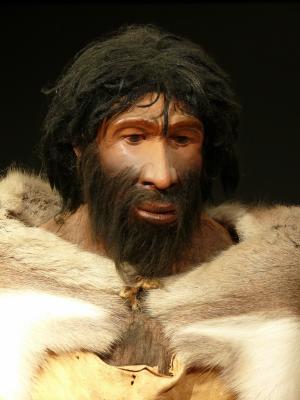Astronomers have caught multiple massive galaxies in the act of merging about 4 billion years ago. This discovery, made possible by combining the power of the best ground- and space-based telescopes, uniquely supports the favoured theory of how galaxies form.
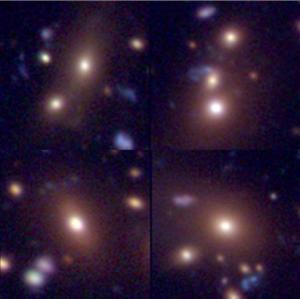
|
| ©ESO
|
| Composite colour-image of the brightest galaxies in four groups located about 4 billion light-years away. The galaxies are ordered in increasing stellar mass, i.e. a rough time sequence (upper left, upper right, lower left, lower right).
|
How do galaxies form? The most widely accepted answer to this fundamental question is the model of 'hierarchical formation', a step-wise process in which small galaxies merge to build larger ones. One can think of the galaxies forming in a similar way to how streams merge to form rivers, and how these rivers, in turn, merge to form an even larger river. This theoretical model predicts that massive galaxies grow through many merging events in their lifetime. But when did their cosmological growth spurts finish? When did the most massive galaxies get most of their mass?
To answer these questions, astronomers study massive galaxies in clusters, the cosmological equivalent of cities filled with galaxies. "Whether the brightest galaxies in clusters grew substantially in the last few billion years is intensely debated. Our observations show that in this time, these galaxies have increased their mass by 50%," says Kim-Vy Tran from the University of Zürich, Switzerland, who led the research.
